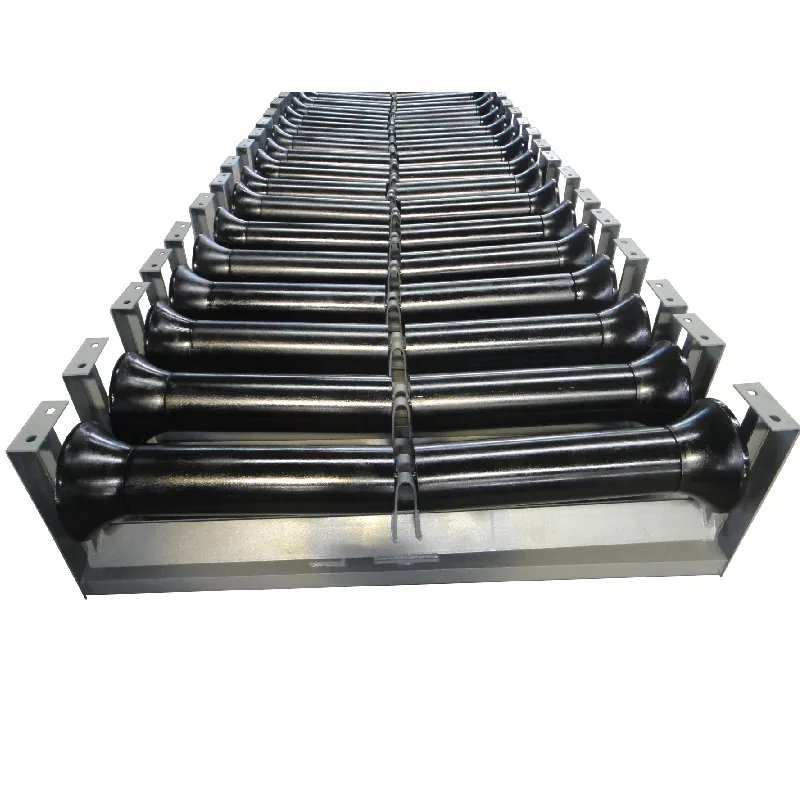 Afrikaans
Afrikaans  Albanian
Albanian  Amharic
Amharic  Arabic
Arabic  Armenian
Armenian  Azerbaijani
Azerbaijani  Basque
Basque  Belarusian
Belarusian  Bengali
Bengali  Bosnian
Bosnian  Bulgarian
Bulgarian  Catalan
Catalan  Cebuano
Cebuano  Corsican
Corsican  Croatian
Croatian  Czech
Czech  Danish
Danish  Dutch
Dutch  English
English  Esperanto
Esperanto  Estonian
Estonian  Finnish
Finnish  French
French  Frisian
Frisian  Galician
Galician  Georgian
Georgian  German
German  Greek
Greek  Gujarati
Gujarati  Haitian Creole
Haitian Creole  hausa
hausa  hawaiian
hawaiian  Hebrew
Hebrew  Hindi
Hindi  Miao
Miao  Hungarian
Hungarian  Icelandic
Icelandic  igbo
igbo  Indonesian
Indonesian  irish
irish  Italian
Italian  Japanese
Japanese  Javanese
Javanese  Kannada
Kannada  kazakh
kazakh  Khmer
Khmer  Rwandese
Rwandese  Korean
Korean  Kurdish
Kurdish  Kyrgyz
Kyrgyz  Lao
Lao  Latin
Latin  Latvian
Latvian  Lithuanian
Lithuanian  Luxembourgish
Luxembourgish  Macedonian
Macedonian  Malgashi
Malgashi  Malay
Malay  Malayalam
Malayalam  Maltese
Maltese  Maori
Maori  Marathi
Marathi  Mongolian
Mongolian  Myanmar
Myanmar  Nepali
Nepali  Norwegian
Norwegian  Norwegian
Norwegian  Occitan
Occitan  Pashto
Pashto  Persian
Persian  Polish
Polish  Portuguese
Portuguese  Punjabi
Punjabi  Romanian
Romanian  Russian
Russian  Samoan
Samoan  Scottish Gaelic
Scottish Gaelic  Serbian
Serbian  Sesotho
Sesotho  Shona
Shona  Sindhi
Sindhi  Sinhala
Sinhala  Slovak
Slovak  Slovenian
Slovenian  Somali
Somali  Spanish
Spanish  Sundanese
Sundanese  Swahili
Swahili  Swedish
Swedish  Tagalog
Tagalog  Tajik
Tajik  Tamil
Tamil  Tatar
Tatar  Telugu
Telugu  Thai
Thai  Turkish
Turkish  Turkmen
Turkmen  Ukrainian
Ukrainian  Urdu
Urdu  Uighur
Uighur  Uzbek
Uzbek  Vietnamese
Vietnamese  Welsh
Welsh  Bantu
Bantu  Yiddish
Yiddish  Yoruba
Yoruba  Zulu
Zulu Rubber Lagging Solutions for Enhanced Performance of Conveyor Pulleys
The Importance of Rubber Lagging for Conveyor Pulleys
In the realm of industrial material handling, conveyor systems play a crucial role in the efficient movement of goods and materials. A key component of these systems is the conveyor pulley, which is responsible for driving the belt and handling the bulk materials. One of the essential upgrades that enhance the performance of conveyor pulleys is the application of rubber lagging. This article explores the significance of rubber lagging, its benefits, and considerations for its application.
The Importance of Rubber Lagging for Conveyor Pulleys
One of the primary advantages of rubber lagging is its ability to extend the lifespan of conveyor pulleys. The lagging material acts as a shield, absorbing the impact of materials as they are loaded onto the conveyor. This impact resistance helps to minimize the wear and tear on the pulley surface, thus reducing maintenance costs and downtime associated with pulley replacement. Furthermore, the rubber layer can provide additional benefits such as noise reduction during operation, contributing to a quieter working environment.
rubber lagging for conveyor pulley

In addition to prolonging the life of conveyor pulleys, rubber lagging also enhances the overall efficiency of the conveyor system. By providing a higher coefficient of friction, rubber lagged pulleys can effectively handle heavier loads without the need for increased power consumption. This is particularly important in industries where energy efficiency is a critical factor. By optimizing the performance of the conveyor system, businesses can achieve significant savings in operational costs.
When considering the application of rubber lagging, it is essential to select the appropriate type of rubber and surface texture. The choice will depend on several factors, including the materials being conveyed, the working environment, and the specific operational needs of the conveyor system. For instance, in applications where materials are abrasive, a harder rubber compound is recommended. Conversely, softer compounds may be utilized in environments where enhanced grip is required but where there is less exposure to abrasive materials.
Installation and maintenance are also vital considerations when it comes to rubber lagging. Proper installation is crucial to ensure that the lagging adheres well to the pulley surface, preventing peeling or delamination over time. Regular inspections and maintenance are necessary to monitor the condition of the lagging, allowing for timely replacements before excessive wear occurs. This proactive approach can prevent more significant issues down the line, keeping the conveyor system operating smoothly.
In conclusion, rubber lagging for conveyor pulleys is an invaluable enhancement that offers numerous benefits. By improving friction, extending the lifespan of pulleys, and enhancing operational efficiency, rubber lagging proves to be a worthwhile investment for any industrial operation utilizing conveyor systems. With careful consideration regarding the choice of materials and maintenance practices, businesses can optimize their conveyor systems and ensure that they remain productive and cost-effective in the long run. In the fast-paced world of material handling, adopting such upgrades is essential for staying competitive and meeting production demands.
-
Revolutionizing Conveyor Reliability with Advanced Rubber Lagging PulleysNewsJul.22,2025
-
Powering Precision and Durability with Expert Manufacturers of Conveyor ComponentsNewsJul.22,2025
-
Optimizing Conveyor Systems with Advanced Conveyor AccessoriesNewsJul.22,2025
-
Maximize Conveyor Efficiency with Quality Conveyor Idler PulleysNewsJul.22,2025
-
Future-Proof Your Conveyor System with High-Performance Polyurethane RollerNewsJul.22,2025
-
Driving Efficiency Forward with Quality Idlers and RollersNewsJul.22,2025





























